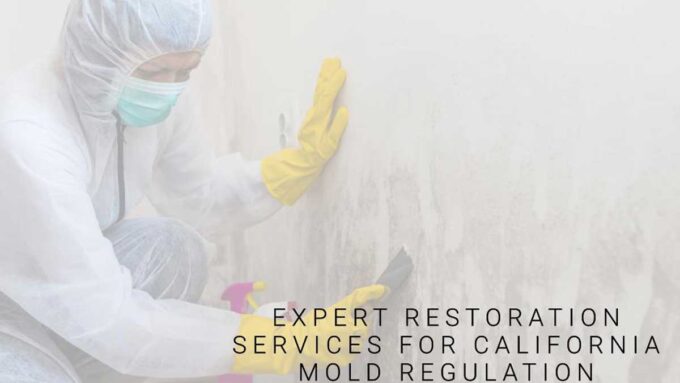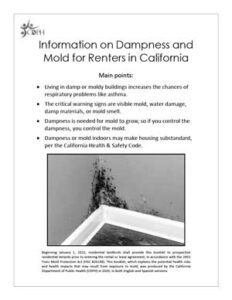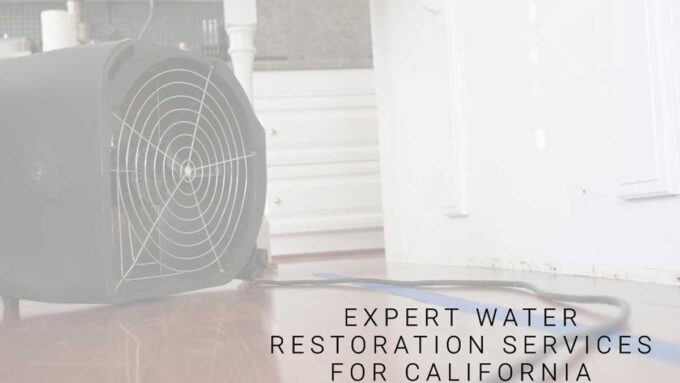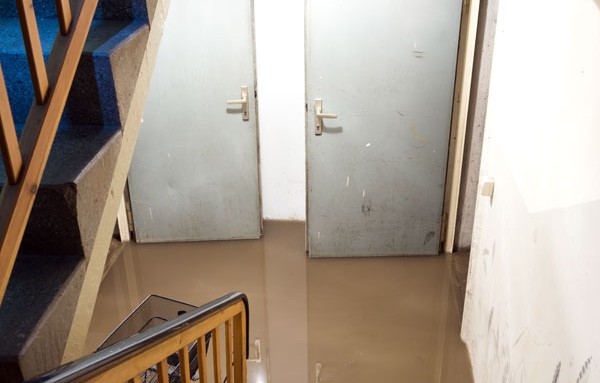Understanding the landscape of mold legislation in California is crucial for homeowners, landlords, and tenants alike. The Toxic Mold Protection Act of 2001 (TMPA) set the stage for addressing indoor mold risks, but subsequent updates, including the implementation of Senate Bill 655, have further shaped the legal and practical responses to mold in residential properties. This blog post delves into the TMPA, its intentions, recent updates, and the practical implications for managing mold in California homes.
Understanding the Toxic Mold Protection Act of 2001
The TMPA was a groundbreaking piece of legislation aimed at tackling the challenges posed by indoor mold. Its goals were to direct the California Department of Public Health (CDPH) to:
- Develop permissible exposure limits to mold, if feasible.
- Create guidelines for mold assessment, clean-up, and disclosure in residences.
- Inform the public about health risks associated with mold exposure and methods for preventing mold growth.
Despite these ambitions, the TMPA’s implementation has faced challenges, primarily due to the difficulty in establishing science-based permissible exposure limits (PELs) for mold.
The Introduction of Senate Bill 655
A significant update came with Senate Bill 655, effective January 1, 2016. This bill explicitly identified mold as a condition that could render a property uninhabitable or substandard. It underscored that residential landlords have a duty to address and remediate mold issues to maintain the habitability of their properties. The legislation made it clear that landlords could be held accountable for not taking action against mold, with specific exemptions for cases where the tenant’s behavior contributed to the problem.
Recent Developments: Mold Information Booklet Requirement
One of the more recent developments is the requirement for landlords to provide a mold information booklet to residents. This requirement, stemming from the TMPA, aims to educate tenants on preventing, identifying, and addressing mold issues in their homes. The California Department of Public Health finished this booklet, and it became available for use beginning January 1, 2022.
Implications for Landlords and Tenants
The combination of the TMPA, Senate Bill 655, and the new mold information booklet requirement places greater responsibility on landlords to prevent and manage mold issues proactively. It also empowers tenants with information and resources to identify and report potential mold problems. For landlords, this means:
- Ensuring properties are maintained to prevent mold growth.
- Providing the mold information booklet to new and existing tenants.
- Taking prompt action to address and remediate reported mold issues.
Tenants are encouraged to:
- Review the mold information booklet and become familiar with prevention strategies.
- Report any signs of mold or moisture issues to their landlord immediately.
- Take reasonable steps to reduce dampness in their living spaces to prevent mold growth.
Final Thoughts
California’s approach to managing indoor mold through legislation like the TMPA and Senate Bill 655, along with the requirement to provide a mold information booklet, reflects the seriousness of mold health risks and the importance of proactive prevention and remediation efforts. Landlords and tenants must stay informed about their responsibilities and rights under these laws to ensure healthy and habitable living environments.
Taking Action
For those seeking more information or facing mold issues, consulting with the professionals at RCS who are experienced in mold assessment and remediation can provide guidance tailored to your specific situation. Remember, preventing mold starts with understanding the risks and taking proactive steps to maintain a healthy indoor environment.











